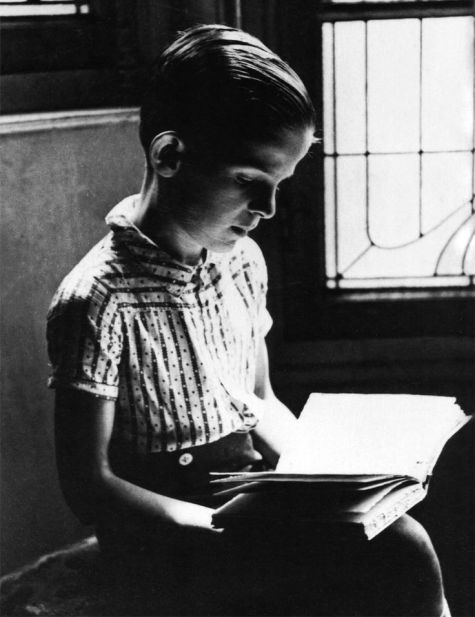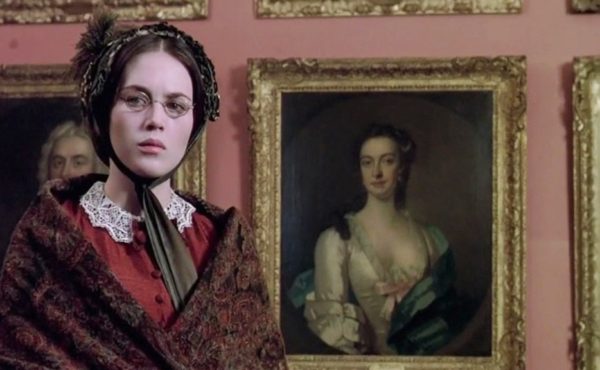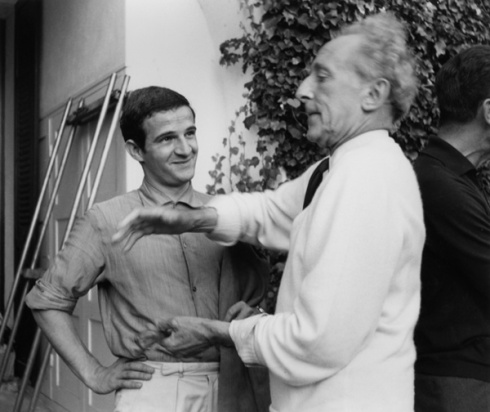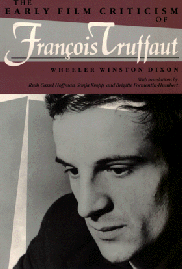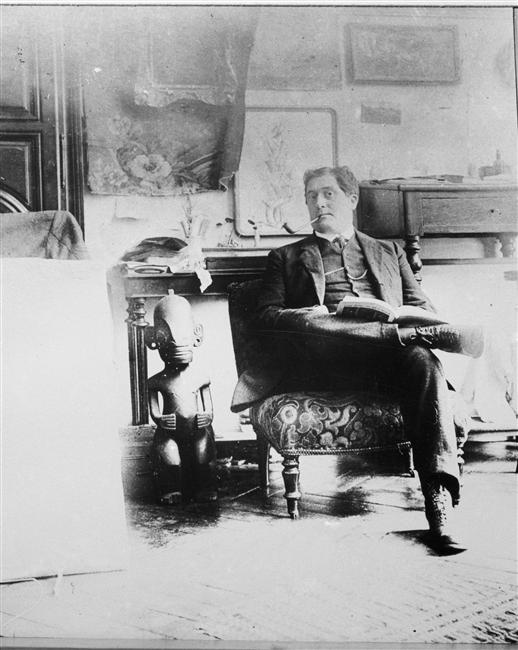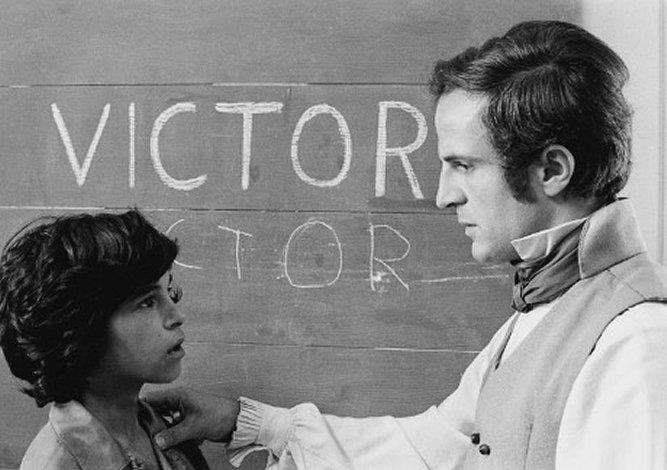
The Wild Child was dedicated to Jean Pierre Leaud.
After filming was completed, Truffaut realized that The Wild Child had a strong connection to his first film The 400 Blows, not just for its depicting of frustrated children but because it mirrored his experience working with then first time actor Jean-Pierre Léaud. Truffaut said that “I was reliving somewhat the shooting of The 400 Blows, during which I initiated Jean-Pierre Léaud into cinema. I basically taught him what cinema was.” Truffaut then decided to dedicate the film to Léaud. He later added that he “realized that L”Enfant sauvage (The Wild Child) is bound up with both Les Quatre Cent Coups (400 Blows) and Fahrenheit 451. In Les Quatre Cents Coups I showed a child who missed being loved, who grows up without tenderness; in Fahrenheit 451 it was a man who longed for books, that is, culture. With Victor of Aveyron, what is missing is something more essential – language. Truffaut also considered the making of the film to be a growing experience for him as a person and as a filmmaker, stating that “until The Wild Child, when I had children in my films, I identified with them, but here, for the first time, I identified with the adult, the father.” After the film was released, Truffaut told a reporter “I did not want to spell out my message. It is simply this: man is nothing without other men.” (via wiki Wild Child)
Truffaut archive here.
Nestor Almendros 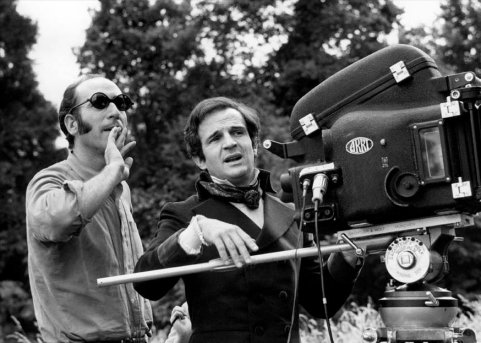 with Francois
with Francois
Truffaut was impressed with the cinematograpy Nestor Almendros did for Eric Rohmer’s My Night at Maude. The Wild Child was their first collaboration. Nestor Almendros continued to work for Truffaut, he filmed 9 films out of the 27 films Truffaut made in his short lifetime. Terrence Malick saw The Wild Child and hired Nestor for Days of Heaven. He did not get to finish filming Days of Heaven as he was called to do the next Truffaut film The Man Who Loved Women. Nestor became very much in demand among American filmmakers, but he always made sure to make time for Truffaut.
Truffaut -the Man who loved cinema. (youtube)
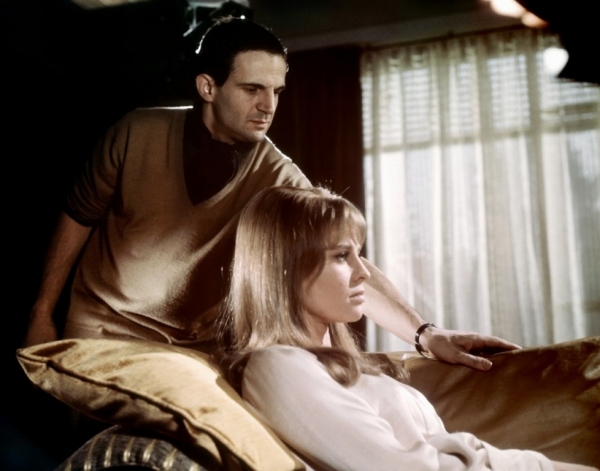
(Farenheidt 451, Julie Christie played two roles shot by Nicolas Roeg. Far from Madding Crowd was also by Roeg and later she was directed by him in Don’t Look Now).
Nicholas Roeg on Truffaut.. why he was underestimated.
The Essentials Truffaut – his 10 best films (Indiewire) in honor of the anniversary of Truffaut’s birthday, Feb 6.
“The Wild Child” marks Truffaut’s first period piece since “Jules Et Jim” and something of a spiritual follow-up to “The 400 Blows.” The idea of an uncontrollable child is one that had interested Truffaut for some time (he’d tried to obtain the rights to “The Miracle Worker,” about Helen Keller, in the early 1960s, but was beaten to the punch by Arthur Penn) and inspired by an article in Le Monde, happened upon the story of Victor of Aveyron (Jean-Pierre Cargol), who emerged at the start of the 19th century, aged eleven or twelve, having seemingly spent his childhood without any human contact. And the result is something quite remarkable, a quiet, intimate picture quite different from anything the filmmaker had made before
Hitch in the center 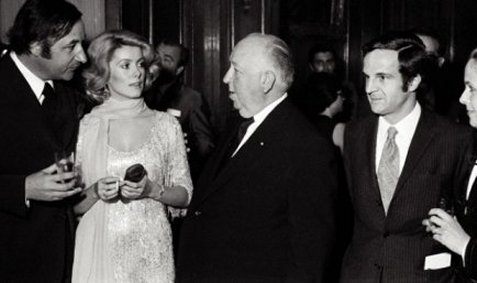 (photo via)
(photo via)
Truffaut on the genesis of “Hitchcock/Truffaut”
In American, you call this man “Hitch”. In France, we call him “Monsieur Hitchcock”. You respect him because he shoots scenes of love as if they were scenes of murder. We respect him because he shoots scenes of murder like scenes of love!
— François Truffaut, AFI Salute to Hitchcock, 1979
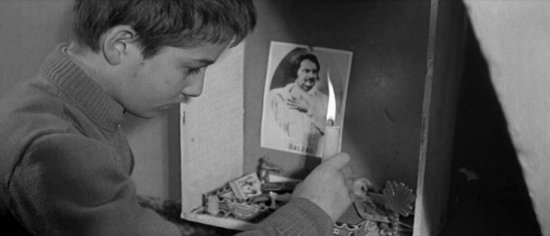
(400 Blows)
Francois Truffaut The last interview..New Yorker .
Truffaut last appearance on TV on Bernard Pivot, discussing Hitchock, Polanski also in the panel.

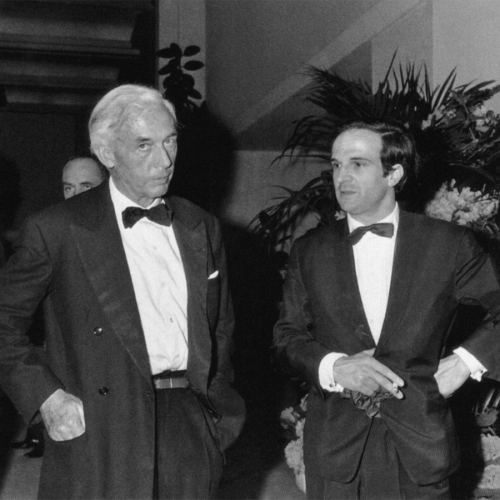
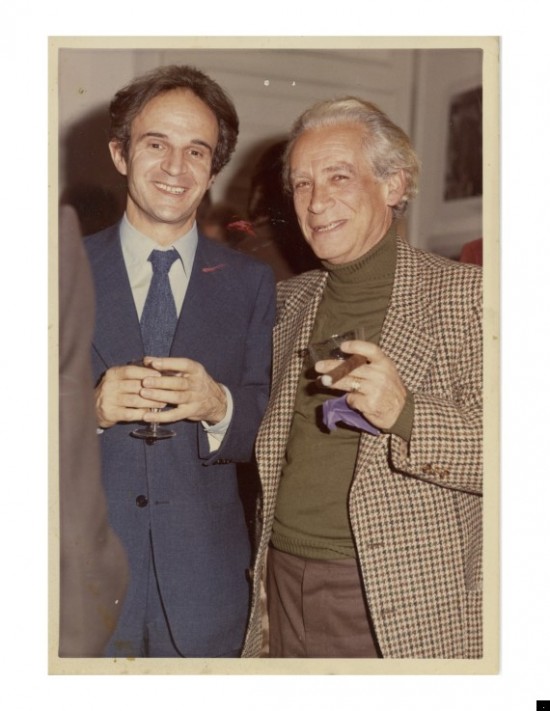 /”>
/”>